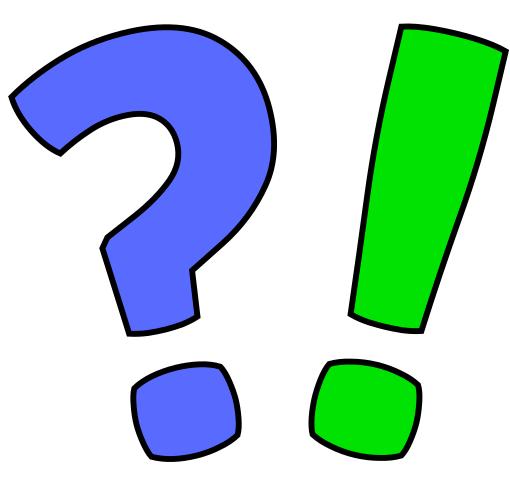Science Settles On a Method
“I would rather have questions that can’t be answered
than answers that can’t be questioned.”
~ Richard Feynman
How We Learned to Trust the Real World
Folks have always paid serious attention to the real world. Rocks are heavy. Rain is wet. That sort of thing.
On the other hand — we love our myths, legends, and superstitions. They all serve a purpose for the human psyche. But they tend to get in the way of figuring out how the world really works.
In Europe, starting in the 1500s, there was a mental awakening. Folks started taking real-world facts more seriously (“observed phenomena” as the physicists like to call them). Sir Francis Bacon is credited with hammering this idea out into what we call The Scientific Method.
This chapter clarifies what empiricism, rational thinking, and critical thinking are, and how they are key to the Scientific Method.
Between folks like Francis Bacon and René Descartes demanding clarity of thought, and folks like Galileo Galilei, Nicolas Copernicus, and Tycho Brahe recording actual facts about how the world works — well, that was the start of the Scientific Revolution.
Science got turbo-charged and never looked back.
Activity Video for Chapter 3
Here are the links from the text of Chapter 3:
16. Biography “Francis Bacon (Stanford Encyclopedia of Philosophy).” 29 Dec. 2003,
https://plato.stanford.edu/entries/francis-bacon/
17. Biography “Freeman Dyson – Wikipedia”
https://en.wikipedia.org/wiki/Freeman_Dyson
18. Physics-Speak “Statistical significance | Definition, History, & Facts – Britannica.” 26 Aug. 2023,
https://www.britannica.com/topic/statistical-significance
19. Deeper Dive “Logical Fallacies, University of Nevada”
https://www.unr.edu/writing-speaking-center/writing-speaking-resources/logical-fallacies
